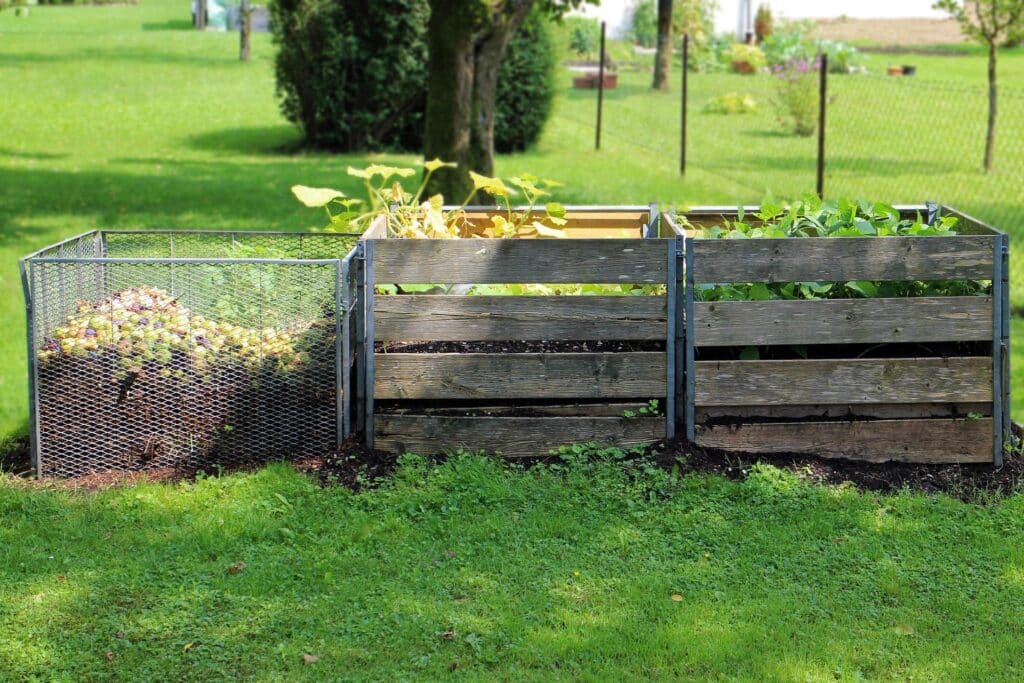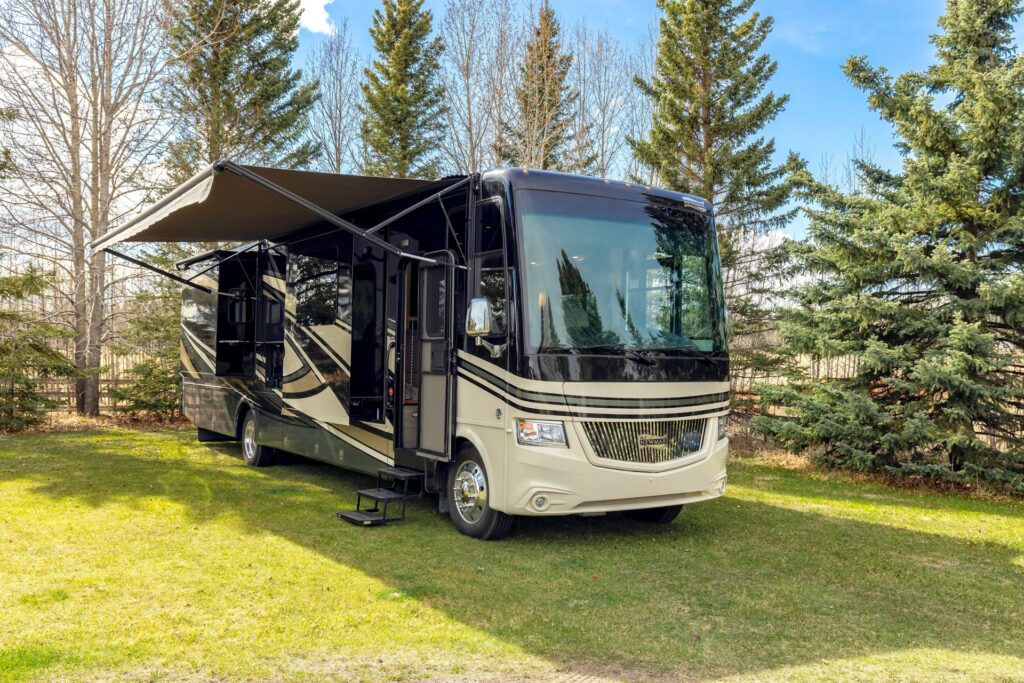Roof rats require remarkably little space to breach your home’s defenses—a mere half-inch gap provides sufficient access for these agile invaders. Once inside, they strategically seek confined spaces within wall voids, attic environments, or roofline junctions to establish their nesting sites. Their selection criteria prioritize safety from detection, ambient warmth, and convenient access to food resources. Effective home pest prevention demands a comprehensive understanding of how these persistent rodents exploit your home’s structural vulnerabilities.
This detailed analysis examines roof rat infiltration methods, their reasons for establishing long-term residence, and practical strategies for preventing their access. Successfully addressing these infestations requires more than simply eliminating visible rodents—it necessitates identifying and resolving the underlying structural conditions that facilitate their continued presence and reproduction within your living spaces.
Why Roof Rats Prefer Structural Gaps
Roof rats consistently avoid open, exposed areas in favor of confined, enclosed spaces that align with their natural survival instincts. These narrow structural gaps provide essential protection from potential predators while minimizing human detection. The insulation materials typically found within wall assemblies and attic compartments create ideal thermal environments that retain warmth during colder weather patterns, transforming your home into a perfect seasonal shelter.
These adept climbers utilize overhead pathways including electrical lines, tree branches, and fence structures to access elevated entry points. Upon reaching rooftop levels, they identify vulnerable access points within eaves, unprotected ventilation openings, or compromised soffit materials. From these entry locations, they establish concealed nesting sites within attic spaces, wall cavities, or directly within insulation materials.
Their established preference for remaining above ground level represents a key behavioral distinction from Norway rats, which typically establish nesting locations in basement areas and lower structural zones. This elevation preference influences their movement patterns throughout invaded structures and should guide both inspection and treatment approaches for effective management.
How They Get Inside
Roof rats demonstrate remarkable opportunistic behavior when accessing structures—exploiting existing vulnerabilities rather than creating new openings. Their most frequently utilized entry pathways include:
- Gaps between roofing materials including loose tiles or damaged shingles
- Unscreened or inadequately protected attic ventilation systems
- Damaged soffit components or deteriorated fascia boards
- Unprotected utility penetrations surrounding plumbing lines or electrical conduits
- Insufficient sealing around chimney flashings or skylight installations
- Vegetation bridges created by overhanging tree limbs or climbing vines contacting exterior walls
Even newly constructed homes frequently contain small construction irregularities that provide sufficient access for determined roof rats. Professional inspection often reveals entry points that remain completely undetected by homeowners despite facilitating regular rodent movement.
The identification and proper sealing of these access points represents a critical component of any comprehensive rodent control strategy. Professional-grade exclusion materials and appropriate installation techniques ensure these pathways remain permanently blocked against future intrusion attempts.
Signs of Roof Rats in Your Structure
Most homeowners remain unaware of roof rat infestations until significant damage manifestations appear. However, several earlier warning indicators typically present themselves before extensive problems develop. Vigilant property owners should monitor for:
- Distinctive scratching or scurrying sounds emanating from ceiling spaces or wall voids, primarily during nighttime hours
- Characteristic droppings in attic spaces, along structural beams, or within utility access areas
- Visible gnawing damage affecting electrical wiring, insulation materials, or stored cardboard items
- Distinctive grease marks created by repeated body contact along beams or wall surfaces
- Concealed nests constructed from shredded paper, fabric, or insulation materials tucked into protected corners
Their predominantly nocturnal activity patterns and natural avoidance of human contact mean visual confirmation often proves elusive despite substantial infestations. Recognizing these indirect evidence markers allows for earlier intervention before colonies establish multigenerational populations within your structure.
Professional inspection utilizing specialized equipment can detect activity signs that remain invisible during conventional visual examinations, allowing for more accurate assessment of infestation scope and appropriate treatment protocols.
Why Crevices Are Ideal Nesting Areas
Roof rats actively seek secure, undisturbed spaces for colony establishment. Wall cavities, roofline junctions, and protected attic corners provide optimal conditions—offering limited accessibility to predators or humans, minimal disturbance potential, and consistent thermal conditions.
Once established within these protected environments, rat populations expand rapidly. Female roof rats can produce multiple litters annually, each containing 5-8 offspring, with sexual maturity reached within approximately three months. Without timely discovery and complete removal, these hidden populations quickly reach problematic density levels within structural voids.
These concealed nesting locations also provide immediate escape routes when disturbances occur. When startled or threatened, roof rats instantly retreat into wall systems or beneath insulation layers. This evasive capability significantly complicates conventional trapping or baiting approaches without professional-grade equipment and specialized experience in structural rodent management.
The inaccessibility of preferred nesting locations explains why many homeowner-initiated control attempts achieve only temporary population reductions rather than complete elimination. Comprehensive management requires addressing the entire colony system rather than individual rodents.
Structural Damage and Health Risks
Roof rat infestations create significant property damage through their continuous gnawing behavior—a biological necessity for controlling their perpetually growing incisor teeth. Common targets include electrical wiring systems, HVAC ductwork, wooden structural elements, and insulation materials. These destructive activities frequently result in fire hazard development, heating/cooling inefficiencies, and progressive structural degradation requiring costly repairs.
Their presence additionally contaminates insulation materials and interior surfaces through urine deposition and fecal accumulation. This contamination produces persistent unpleasant odors while creating potential health concerns for occupants. Roof rats serve as recognized vectors for numerous disease organisms including hantavirus, salmonellosis, and rat-bite fever, presenting legitimate public health considerations during active infestations.
The combination of structural damage, contamination concerns, and health implications underscores the importance of prompt, comprehensive intervention when roof rat activity is detected. Professional assessment provides accurate evaluation of both current damage extent and potential secondary concerns requiring remediation beyond simple rodent removal.
Long-Term Prevention Starts with the Structure
Effective roof rat management requires addressing the structural vulnerabilities that facilitate their access and establishment. Implement these proven prevention strategies:
- Systematically seal all openings exceeding ¼ inch diameter, with particular attention to roofline areas
- Install professional-grade metal flashing materials around common entry zones to prevent gnawing access
- Replace standard vent screening with specialized rodent-resistant mesh offering superior protection
- Maintain minimum 3-foot clearance between tree branches/vegetation and all exterior surfaces
- Establish regular inspection protocols for attic spaces and roofline areas to detect early warning signs
- Eliminate potential food sources and nesting materials from accessible storage areas
While these prevention strategies require initial investment, they provide substantial long-term protection against both initial infestation and subsequent reinvasion attempts. Professional assessment from a pest control service can identify vulnerable areas that might be overlooked during homeowner inspections and ensure that exclusion implementation is done correctly.
When to Call for Help
Established roof rat infestations present significant management challenges that frequently exceed DIY treatment capabilities. Their preference for inaccessible spaces, exceptional climbing abilities, and cautious behavior patterns often require specialized approaches for effective resolution.
Our pest control experts deliver comprehensive services including:
- Thorough structural inspections identifying concealed nesting locations and entry pathways
- Professional-grade exclusion implementations targeting potential access points
- Customized treatment protocols designed specifically for your property’s unique infestation patterns
- Ongoing monitoring programs verifying elimination success and preventing reinfestation
When you notice potential roof rat indicators such as unusual sounds in ceiling spaces or evidence of gnawing activity around your roofline, prompt professional intervention delivers the most reliable results. Request a free quote today to discover how our targeted roof rat management and pest control solutions can effectively protect your home from these destructive invaders. Our experienced technicians will assess your specific situation and develop a customized treatment strategy addressing your unique roof rat challenges.









